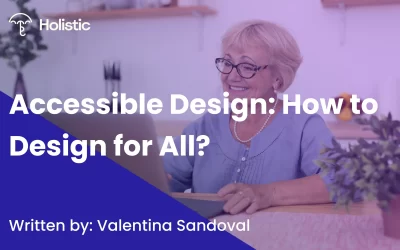UX and UI design was born out of the need to create positive and engaging experiences with products and services. However, what would happen if a designer used their knowledge to benefit only the business at the expense of the user experience? Well, it’s a dangerous trend that cannot be ignored, and it’s called Dark UX.
How is Dark UX defined?
Dark UX is the deliberate practice of manipulating a user into taking specific actions that benefit the company itself, but not necessarily the user. Harry Brignull, a UX designer and researcher has been credited with originating the term and defines it as: “A user interface that has been carefully designed to trick users into doing things. They are not bugs, are carefully crafted with a solid understanding of human psychology, and do not have the user’s best interests in mind.
These interactions are often referred to as dark patterns, which are specifically designed to manipulate the user or force their decision making on a website.
Examples of dark patterns
Roach Motel: You sign up for a service or subscription that is intentionally difficult to get out of.
Privacy Zuckering: Through the use of a product or service, you are tricked into publicly sharing more information than you actually intend to.
Bait and switch: When you set out to do a task and end up doing something undesirable instead.
Bait and switch: When you set out to do a task and end up doing something undesirable instead.
Price comparison prevention: Deliberate barriers where it is difficult to compare prices between items so that you cannot make an informed decision.
Sneaking into the basket: A site that sneakily adds items during your shopping journey through hard-to-see checkboxes or hidden options.
Confirmation: Using manipulative words and phrases to make the user feel guilty about selecting a certain option.
Amazon’s page highlights a button that says “register and pay” and hides the one that allows you to decline the option.
Misdirection: The interface design purposely focuses your attention on one thing to make you examine certain options or information.
Hidden costs: When the site misleads you by advertising a certain price and charging you a higher one at checkout.
Disguised ads: ads that are disguised as buttons or content to trick a user into clicking on them.
Button to direct to an ad which is disguised as a download button
Forced continuity: When a free trial or service ends without warning and the service subtly charges your card. This is often accompanied by the fact that unsubscribing is often tedious or difficult.
Buddy spam: When a service asks for your permission to use your credentials (i.e. email address) under the promise that it will help you get new contacts, when in reality it uses your account to spam other users.
Final thoughts
It is important for designers to identify and be aware of possible dark patterns developing in a product or service being designed. While it is not illegal, it is certainly unethical to bring a “dark experience” to market solely in the name of profit.
We must always remember that users come first and therefore should always feel that the service works for them, not against them. In addition, users should be wary of dark patterns and Dark UX when purchasing new services, products or visiting websites. If enough users become aware of these sketchy strategies, we could slowly rid the market of those businesses by making them unprofitable.
Personal view and position on the topic
As a UX designer, I believe I have learned this lesson by really focusing on user testing and having a clear goal of providing the best possible user experience. In the end, implementing obscure patterns in your design will be detrimental to your business, service or product. Users will despise the experience and ultimately leave you with a fraction of what could have been a very profitable customer. Remember, we must always empathise with our users.




